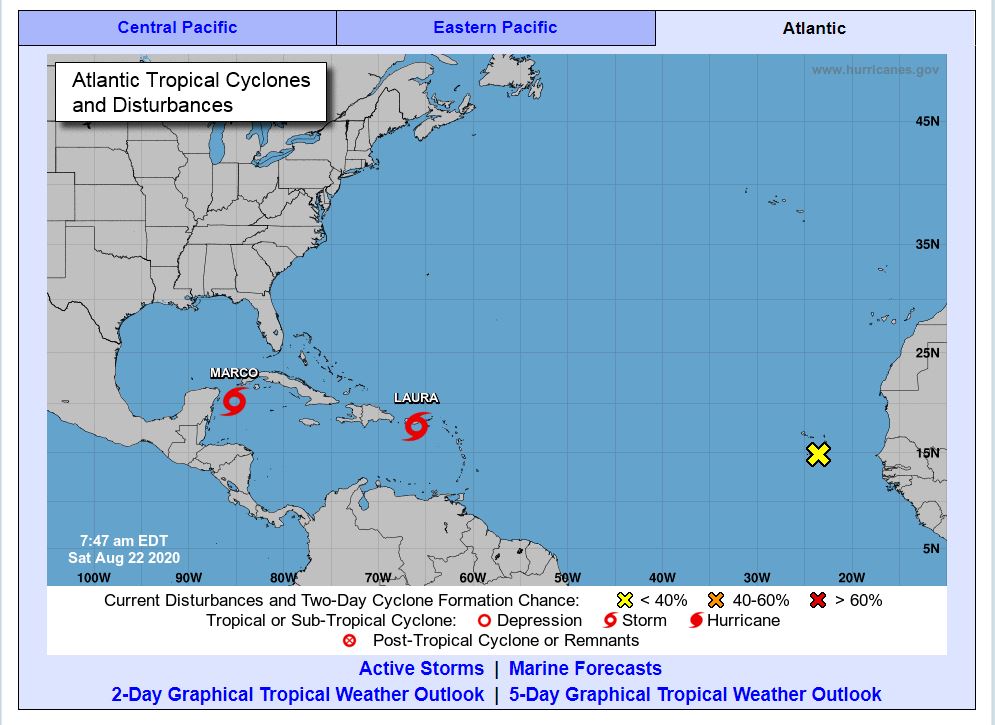The naming of tropical storms and hurricanes officially began in 1953

The Naming of Tropical Storms and Hurricanes Officially Began in 1953

The practice of naming tropical storms and hurricanes had an official beginning in 1953. Prior to this, storms were primarily identified by their latitude and longitude, which made it difficult for the public to differentiate between different storms and keep track of their progress.
The United States started the formal system of naming tropical storms and hurricanes after the devastating Atlantic hurricane season in 1950. That year saw a high number of storms, leading to confusion among weather forecasters and the public. To simplify the process, the U.S. Weather Bureau decided to introduce a standardized naming system.

Initially, the system only applied to storms occurring in the North Atlantic basin. The first storm to be officially named under this system was Hurricane Able, which formed on August 12, 1950. The selected names in that year were based on the Joint Army/Navy Phonetic Alphabet. However, this system quickly proved to be inefficient as it only consisted of a limited number of names.
To overcome this limitation, in 1953, the United States started using female names for storms. The newly introduced system incorporated a list of names that were alphabetically arranged and rotated every six years. This allowed forecasters and the general public to easily identify and track storms, creating a more organized and efficient way of communication.
It wasn’t until 1979 that the National Oceanic and Atmospheric Administration (NOAA) expanded the naming system for storms in the Atlantic basin to include both male and female names. This change aimed to remove any gender bias associated with the previous naming conventions.
Today, an international committee of the World Meteorological Organization (WMO) maintains a list of names for tropical storms and hurricanes that occur in various ocean basins around the world. These lists include names from different cultures and are pre-determined and reused every six years. However, if a storm is particularly devastating or deadly, its name is retired and replaced with a new name to avoid confusion in future storm seasons.
The official naming of tropical storms and hurricanes has proven to be crucial in raising public awareness and facilitating the effective communication of storm information. By using specific names, it becomes easier for people to prepare and respond appropriately to the potential impact of these natural disasters.
To learn more about the naming of tropical storms and hurricanes, you can visit the NOAA’s National Ocean Service website for additional information.
Related Posts
Quick Links
Legal Stuff

